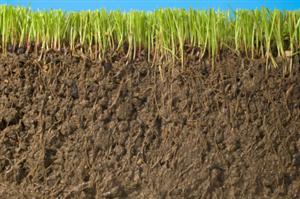
Soil Fertility and Conductivity
Medium

Have you ever wondered how soil fertility affects electrical conductivity? Let's find out! We'll measure the electrical conductivity of different types of soil and see which one has the highest level.
Hypothesis
The hypothesis is that the loam soil with fertilizer added will have the highest level of electrical conductivity.
Method & Materials
You will measure the electrical conductivity of different types of soil, including sand, clay, loam, and loam mixed with fertilizer.
You will need 200g of sand, 200g of clay, 400g of loam, 50ml of liquid fertilizer, 800ml of water, 4 beakers, 1 DC12V battery, 3 jumper wires with crocodile clips at both ends, 2 copper electrodes, 1 miliammeter, 1 digital weighing scale, 1 measuring cylinder, 1 ruler, and 1 clock.
Results
The results showed that loam mixed with fertilizer had the highest electrical conductivity, while sand had the lowest. This proves that the hypothesis was correct.
Why do this project?
This science project is interesting because it shows how soil fertility affects electrical conductivity. It also demonstrates how different types of minerals can affect the conductivity of the soil.
Also Consider
To vary the experiment, you could add different types of minerals to the soil samples and compare their electrical conductivity. You could also measure the effects of other factors on electrical conductivity, such as the amount of water added, the temperature of the environment, or the pH of the soil.
Full project details
You can find additional information and details for this science fair project here. Have fun exploring!Share this Science Project:
Related Science Fair Project Ideas
Let's explore how different electrodes and electrolytes affect the voltage produced in electrochemical cells!
Medium
Does the color of your hair affect the amount of static electricity it produces? Find out in this fun science project!
Medium
Does temperature affect how long a battery lasts? Find out in this fun science project!
Medium
Share this Science Project:
